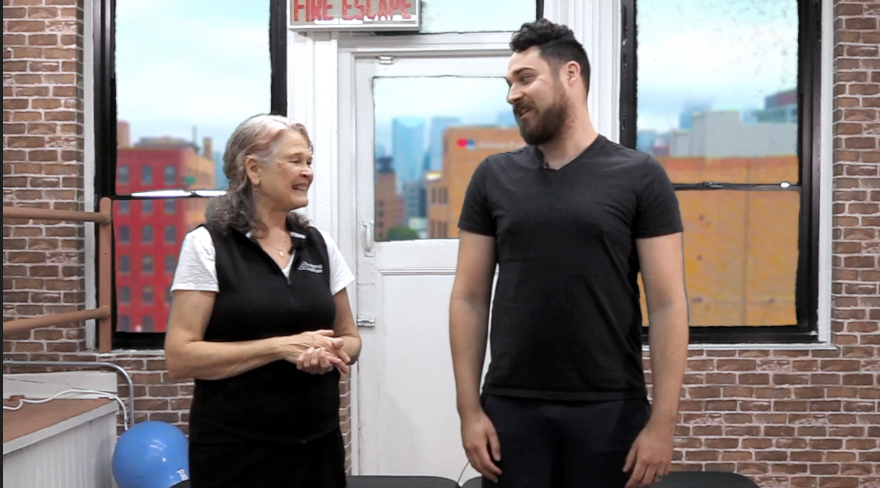Anxiety a Concern? How Activity Helps
Trying to get back into working out? ps – It also helps to calm anxiety!
Do you have a goal of getting back into working out after two years of COVID-related inactivity? Is the ‘getting started’ part hard? Many excuses come to mind — busy schedule, too hot, too cold. In reality, these can all be overcome with a little effort.
So, what else might be holding you back? Maybe it’s something physical, not mental.
At the Bridging® Institute, we often find our clients who have a hard time getting started coincidently have bodies that are stuck and hard to move. Once the muscles between the core and limbs interact more fluently, these clients automatically begin adding in more activity to their day.
The amazing side benefit of adding activity is relief from anxiety. Here’s why …
Activity and Anxiety
Many of you may also have some anxiety that you are managing. Increasing activity is often part of an anxiety management plan for two reasons:
- Improved breathing: Deeper breathing is part of the nervous system’s inherent ability to self-regulate. If your chest and abdomen don’t move easily, your breathing is restricted, which limits your ability to self-calm when you are anxious.
- Neurotransmitter production: Activity is shown in studies to promote production of noradrenaline, dopamine, and serotonin which provide a therapeutic benefit to neurological disorders and help to regulate mood.
How can Bridging® help with anxiety?
As part of the Bridging® process, we consider how the core works to support breathing. Muscles need to work automatically in myriad ways for this. Part of the Bridging® work is to support the core muscles allowing them to re-organize so they can resume their automatic coordination related to breathing and activity.
Why would the core muscles not work correctly for breathing? The traumas of life (such as falling, bike and auto accidents), and medical interventions (gallbladder, appendix, c-section, or other abdominal surgeries) disrupt how well the core muscles work together.
Bridging helps to support the areas which were traumatized and restores the integrity of the core so you naturally move and breathe more easily!
Michael’s Story is an Example of this Link between Activity and Anxiety
I had the pleasure of meeting with Michael who wants to start getting into shape after being out of the exercise habit for a couple of years. His work can be physical (he’s an actor) and exercising regularly would be a benefit. He also works at managing his anxiety, and was curious if Bridging might be able to help him with this too.
Michael had no significant injuries or medical events in his past. Only general wear and tear. It was interesting to see what we found, how it likely related to both exercise and anxiety, and then see how quickly he changed!
Centering and Calming Anxiety
| In this session with Michael, see what we find that related to his anxiety, and how quickly it changed!
Cara takes you through each part of a typical session — gathering information, assessing, Bridging® movements, and reassessing. |

